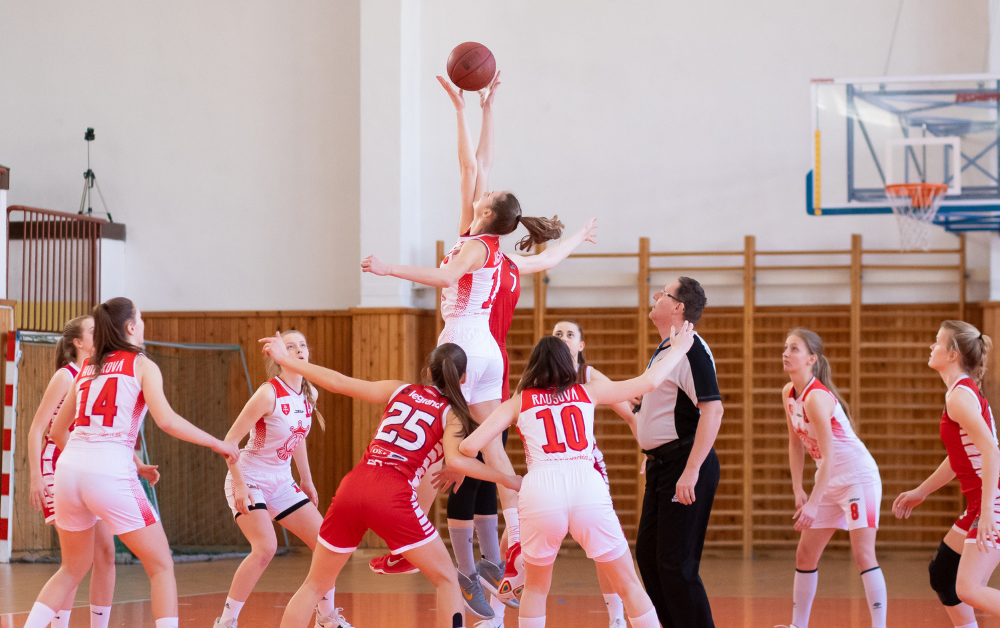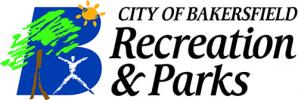
Running a successful basketball youth league takes more than just assembling teams and scheduling games. Behind the scenes, league administrators juggle everything from scheduling and tournament management to facilities coordination and communication with players, parents, and coaches. Achieving a well-run season requires a strategic approach to key areas like scheduling, tournament planning, and facilities management. Here’s how to make it happen.
1. Creating and Communicating a Reliable Schedule
A well-organized schedule keeps a basketball league running smoothly. Key elements include:
Centralized Scheduling: Ensure all game times, practices, and tournament dates are easily accessible and regularly updated.
Real-Time Updates: Use automated league management software to notify players, coaches, and parents of any schedule changes instantly.
Accessible Communication: Provide a platform where participants can quickly check the latest schedules to avoid confusion and last-minute conflicts.
2. Seamless Tournament Management
Tournaments are a highlight of any basketball league, but they can also be a logistical headache without proper planning. To execute a successful tournament, consider:
Seeding and Bracket Management: Ensure fair seeding based on league performance and create digital brackets that update in real time.
Game Officials & Volunteers: Secure referees and scorekeepers well in advance to avoid last-minute gaps.
Clear Communication: Keep players, coaches, and parents informed on game times, locations, and tournament rules through an easily accessible platform.
3. Managing Facilities Effectively
Organized facility management is crucial for basketball leagues operating across multiple gyms. Key strategies include:
Centralized Scheduling: Use a single system to manage court reservations and prevent double bookings.
Real-Time Availability Updates: Ensure teams and organizers always have access to the latest facility schedules.
Multi-Venue Coordination: Simplify management across multiple locations for games, practices, and tournaments.
Rental & Maintenance Tracking: Keep facilities in top shape by logging maintenance needs and tracking usage efficiently.
4. Ensuring Smooth Communication & Player Experience
A great league experience isn’t just about the games—it’s about keeping everyone in the loop. Essential communication strategies include:
Automated Alerts & Notifications: Use a system that sends reminders and updates directly to participants.
Parent & Coach Portals: Offer a central hub where schedules, standings, and announcements are easily accessible.
Feedback Mechanisms: Provide ways for players and parents to give input and improve the league experience.
5. Managing Registrations, Payments & Compliance
From sign-ups to collecting fees, having an efficient registration system is vital. Consider:
Online Registration & Payment Processing: Make it easy for parents to register and pay securely online.
Player Eligibility & Waivers: Ensure all players meet league requirements and have signed necessary waivers.
Rosters & Team Assignments: Streamline team formation based on age, skill level, and league rules.
6. Leveraging Technology for a Better League Experience
The best leagues use technology to reduce administrative burdens and enhance the experience for everyone involved. A robust league management system can:
Automate Scheduling & Notifications
Handle Registrations & Payments
Manage Tournaments & Brackets
Facilitate Communication Across Teams
By investing in the right tools and following these best practices, your basketball youth league can run efficiently, keep participants engaged, and ensure a fantastic season for everyone involved.
Learn more about how TeamSideline can help streamline your league operations: Tournament Management. Ready to see it in action? Set up a demo today!
 The Sports Management Platform
The Sports Management Platform





